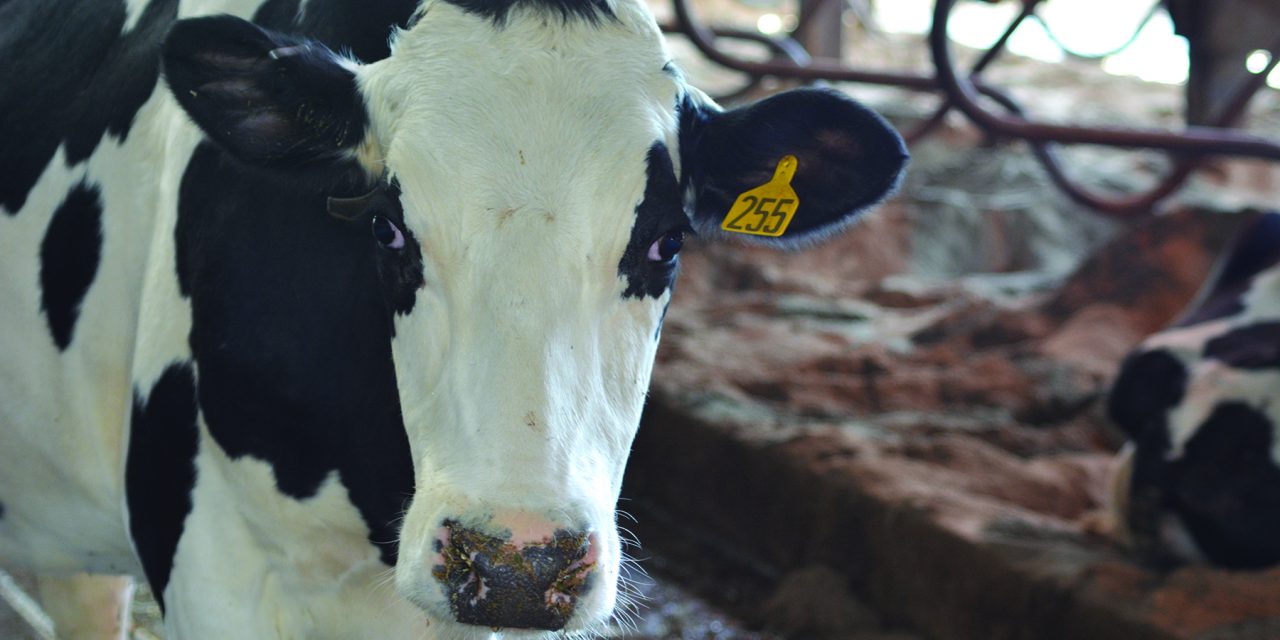American farmers chalked up several victories in the new free trade agreement that the United States struck with Mexico and Canada. The countries agreed to replace the quarter-century-old North American Free Trade Agreement (NAFTA) mere hours before their end-of-September negotiation deadline. Congress must vote on the new agreement, known as the U.S.-Mexico-Canada Agreement (USMCA), for it to take effect.
Canada and Mexico are the first and third largest export markets for American food and agricultural products. Combined, they account for over 28 percent of total U.S. food and agriculture exports. Since trade with these neighbors is so critically important, USMCA negotiators pursued a “do no harm” approach. The final agreement locks in all the positive gains from the original agreement but knocks down trade barriers for even more products.
Canada has five “supply managed” agricultural sectors, and the original NAFTA did not fully open them to American farmers. Supply management is a government-controlled quota system for production. It forces farmers to get government permission to legally produce and sell their products. The government then allocates and adjusts production quotas under a central planning system. Canada has long maintained these systems for dairy, eggs and egg products, broiler hatching eggs, turkey and chicken. USMCA gives U.S. farmers more market access in all five categories.
The most contentious of these five sectors was Canada’s dairy program. American dairy farmers argued that Canada’s recent addition of a “Class 7” of products to its dairy laws flooded the international market with artificially cheap products. These subsidized products dropped international price levels, harming many U.S. dairies. Under USMCA, Canada agreed to end its controversial Class 7 and to stop flooding international markets with subsidized products.
Canada’s strict supply management provisions also prevented U.S. dairies from growing their market share in Canada. USMCA grants American dairy farmers access to about 3.6 percent of the Canadian dairy market. This access is over 10 percent more than Canada granted the countries in the Trans-Pacific Partnership (TPP).
Chicken farmers also gain more than double what was negotiated in the TPP. Market access for eggs in USMCA is over triple the access of TPP. American turkey and broiler hatching eggs and chicks also gain market access in USMCA. President Trump withdrew the U.S. from the TPP on the third day of his presidency. He promised that he could use his skills as a negotiator to strike better deals with each country directly. On these items, he has certainly delivered.
President Trump’s threats to terminate NAFTA made many farmers nervous over the last few years, but the hard bargaining seems to have paid off. As President Trump continues to renegotiate old agreements and search out new ones, hopefully this strategy will continue to secure gains for American agriculture.
-30-


